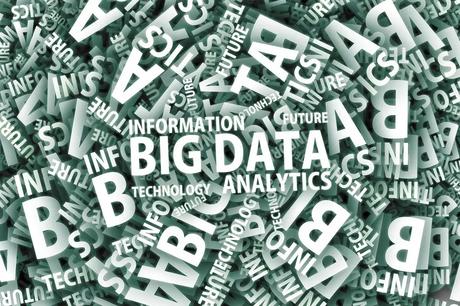
Though a Big Data course is a fantastic way to gain significant data experience, it can go to waste without any hands-on experience. Keeping that in mind, we have carefully curated this list of best Big Data projects. When done in conjunction with an excellent online course, projects in this list would drastically improve your data skillset.
Before directly discussing all the projects, we should discuss what exactly makes Big Data so unique.
Growing Interest in Big Data
In the nascent stages of Big Data, we lacked the computational resources to be able to handle such a vast amount of data. So, back then, Big Data wasn’t paid much heed. However, once we had enough processing power, we tried modeling Big Data. Thus, began the phase of modeling and exploration of Big Data with specific purposes. Big Data allows us to do comparative studies of present trends against past trends, and determine future events, for example, natural disasters, stock market crashes, sales figures, etc. Insights from Big Data also act as the best advisor. It can help businesses expand exponentially. Even in AI, Big Data has a huge role to play in developing machine learning (ML).10 Big Data Projects for Beginners
1. Creating Chatbots: Chatbots are bots used to engage in a conversation with humans for particular purposes. In the context of customer support, chatbots usually function as the first layer of interaction. This first layer is used to solve the surface level query and help in preliminary problem detection, allowing a better problem resolution interface. Highly trained chatbots could also replace the need for human intervention. We can derive such power of a chatbot with the help of Big Data handling techniques like recurrent neural networks (RNNs). Chatbots can be created using either Python or R.2. Fraud Detection: It is a highly crucial component in modern-day banking. It allows you to tag whether any given transaction is fraud or not quickly. There was a time when credit card companies and users would lose a lot of money because of fraudulent transactions. Considering that we would be crossing the billion users mark by the end of 2022, a robust fraud detection mechanism is absolutely needed. To successfully create such a Big Data model, you would need a comprehensive dataset, and you would be using algorithms like ANN, RNN, logistic regression, etc.
3. Classification of Breast Cancer: If you are interested in a project which is geared towards healthcare, then you can pick up the IDC dataset and create a Big Data model that would be able to classify correctly whether breast cancer is there or not. You would need to stratify the dataset and factor in some precision and recall tradeoff to be able to create something worthwhile.
4. Sleep Level Detection in Drivers: Every year, deaths due to road accidents only increases. One of the major contributing factors in these accidents is drowsy drivers. Sleep inhibits motor functions and slows down decision-making power. You can build a simple detector that would tell you whether the driver is sleepy or not from the frequency at which the driver blinks.
5. Recommender Systems: These have been a topic of discussion in the Big Data community for some time now. Since it has little to no academic significance, it is rarely talked about in academia. However, they are a potent tool in business, and websites like Netflix and Amazon would lose a significant chunk of their profit if they had no recommender system. You can create one for your own with the help of a great dataset.
6. Exploratory Data Analysis: Exploratory data analysis, or EDA, is a very powerful tool used to create meaningful reports from data. EDAs are typically used before the modeling phase to do basic data tuning. It is also very useful in creating reports which can be easily understood by non-tech people. You need a dataset and skills for plotting and charting to create good looking and informative EDAs.
7. Age Detection: If you want a project to test both your computer vision and machine learning skills, then you can pick this one up. You would be estimating the age of the human being from any photo. You would be using CNN models for the recognition of facial expressions.
8. Fake News: Big Data can help in curbing the spread of fake news. By using NLP, it is possible to identify fake news, and setting algorithms can give ranks to news websites. Even Google published a paper on a certain method news websites can be ranked.
9. Sentiment Analysis: In the world of social media, it becomes very easy for someone to spread hate and negative emotions. We can thwart such attempts before it snowballs into something unmanageable by identification of the underlying connotation. Doing so is very straightforward with the help of Big Data (NLP).
10. Customer Segmentation: Unsupervised algorithms used in Big Data like K-means allow us to visualize customer demographics with precision, which has never been seen before. You can use Big Data to create groups within your clientele with similar interests and target them accordingly.
Big Data projects can really boost your career prospects and put you in demand for modern tech jobs too. Hence, a proper project can really bring new development to your path.

